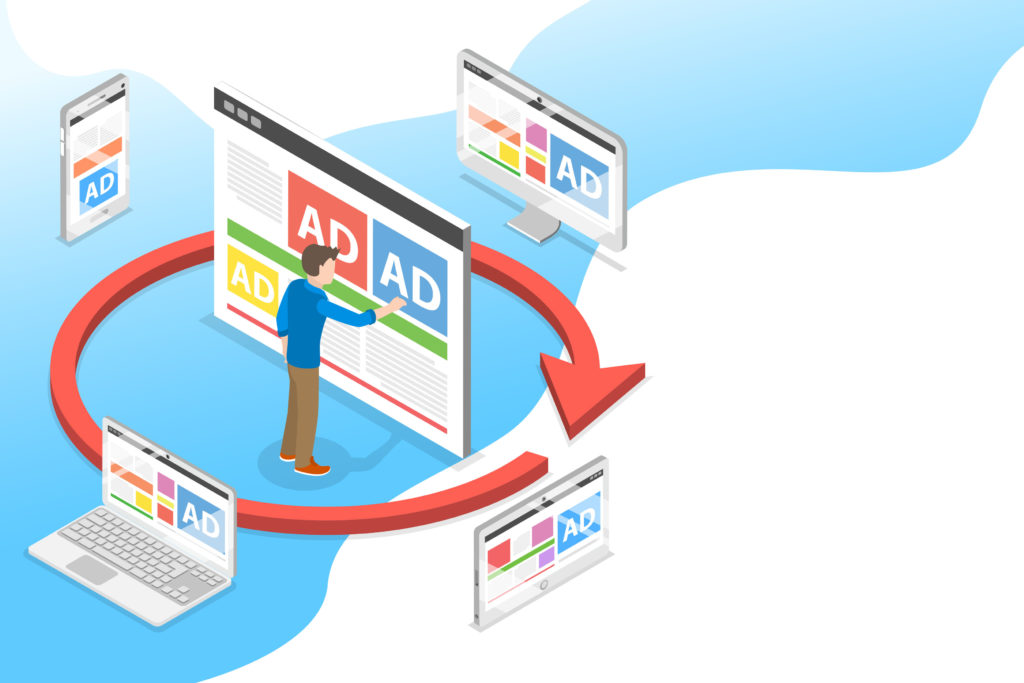Shortlinks are a great way to track the success of your marketing campaigns. Long URLs can be difficult to share, especially on social media and when using SMS for marketing messages. Retargeting is a great way to keep your brand in front of your customers after they leave your site. Retargeting can be a great way to boost your traffic and increase your conversions.
Shortlinks are a great way to improve your marketing messages. They allow you to condense long URLs into a shorter, more manageable form. This can be especially helpful when you’re trying to reduce the size of an email message or SMS text.
Use descriptive keywords in your links so that people know what they’re clicking on. Make sure the shortened URL redirects to the original page so that users don’t get lost along the way.


Retargeting is a form of online advertising that helps you reach people who have visited your website before. Retargeting works by placing a tiny piece of code, or “pixel,” on your website. This pixel is then used to track the activity of your website visitors. When someone visits your website, the pixel drops a cookie on their computer. This cookie stores information about the visitor, such as the pages they visited and the products they viewed.
Later, when that person visits a different website that is part of the retargeting network, their activities will be monitored by the retargeting company. If that person has been to your website before, they will see ads for your products and services on the other site. The goal of retargeting is to remind potential customers about your business and prompt them to return to your site.
When someone clicks on your shortlink, the retargeting cookie is dropped on their computer. This means that you can track that person’s activity even if they don’t visit your website again. You can then use this information to target them with ads or other content that might be of interest to them.
A tracking pixel, also known as a pixel tag, is a small, transparent image file that is embedded in a web page or email. When the page is loaded or the email is opened, the tracking pixel is activated and sends information back to the sender. This information can include the IP address of the device, the time and date of access, and the URL of the page or email.
Tracking pixels are used for a variety of purposes, including marketing and advertising. They can be used to track how many people have clicked on a link or opened an email, to determine which ads are being seen the most often, and to retarget customers who have visited a website or clicked on an ad.
